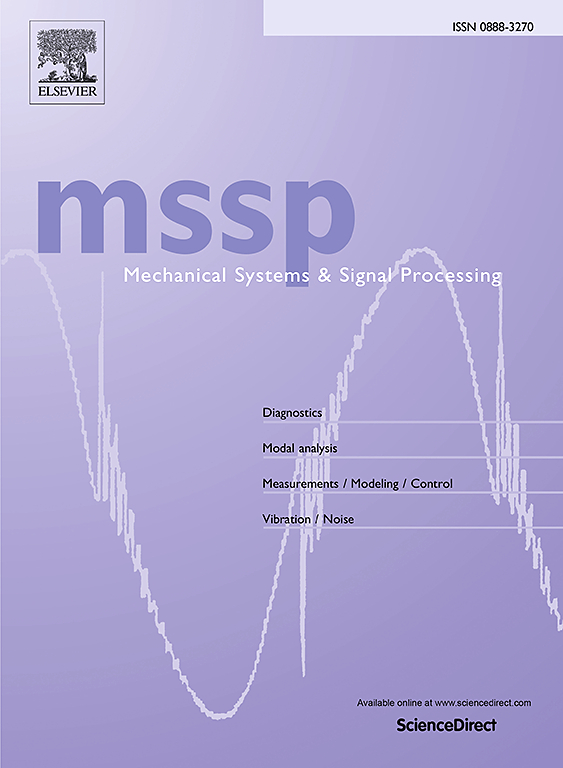Dynamic model updating through reliability-based sequential history matching
IF 7.9
1区 工程技术
Q1 ENGINEERING, MECHANICAL
引用次数: 0
Abstract
Computer models enable the study of complex systems and are extensively used in fields such as physics, engineering, and biology. History Matching (HM) is a statistical calibration method that accounts for various sources of uncertainty to update model parameters and align output with observed data. By iteratively excluding regions of the parameter space unlikely to yield plausible outputs, HM identifies and samples from the so-called non-implausible domain. However, a limitation of HM is that it does not yield full Bayesian posterior distributions for model parameters. Moreover, HM requires re-execution from scratch when new data is observed, lacking the ability to leverage prior results.
To address these limitations, we propose integrating sequential Monte Carlo (SMC) methods with HM to achieve full Bayesian posterior distributions for sequential calibration. The SMC framework offers a flexible and computationally efficient means to update previously constructed distributions as new data becomes available. This approach is demonstrated using an engineering example and a cardio-respiratory case study with sequential data.
Our results show that small perturbations to the posterior distributions can be effectively learned sequentially by updating computed posterior distributions through the SMC framework, thereby enabling dynamic and efficient model updating for evolving data streams.
计算机模型可用于复杂系统的研究,并广泛应用于物理学、工程学和生物学等领域。历史匹配(HM)是一种统计校准方法,它考虑了各种不确定性来源,以更新模型参数并使输出与观测数据保持一致。通过迭代排除参数空间中不太可能产生可信输出的区域,HM 可以识别所谓的非可信域并从中采样。然而,HM 的局限性在于它不能产生模型参数的完整贝叶斯后验分布。为了解决这些局限性,我们建议将序列蒙特卡罗(SMC)方法与 HM 相结合,以实现序列校准的全贝叶斯后验分布。SMC 框架提供了一种灵活且计算高效的方法,可在获得新数据时更新先前构建的分布。我们的研究结果表明,通过 SMC 框架更新计算出的后验分布,可以有效地学习后验分布的微小扰动,从而为不断变化的数据流实现动态、高效的模型更新。
本文章由计算机程序翻译,如有差异,请以英文原文为准。
求助全文
约1分钟内获得全文
求助全文
来源期刊

Mechanical Systems and Signal Processing
工程技术-工程:机械
CiteScore
14.80
自引率
13.10%
发文量
1183
审稿时长
5.4 months
期刊介绍:
Journal Name: Mechanical Systems and Signal Processing (MSSP)
Interdisciplinary Focus:
Mechanical, Aerospace, and Civil Engineering
Purpose:Reporting scientific advancements of the highest quality
Arising from new techniques in sensing, instrumentation, signal processing, modelling, and control of dynamic systems
 求助内容:
求助内容: 应助结果提醒方式:
应助结果提醒方式:


